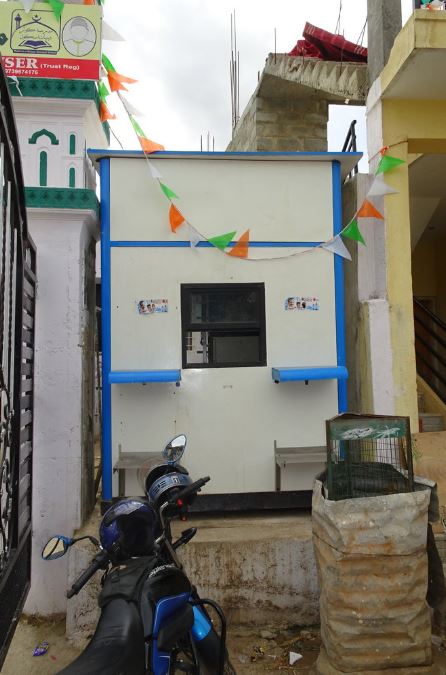
We wanted to learn more about how customers use water ATMs in low income communities. These installations treat water from a nearby source and dispense it to consumers at a set price per volume. Consumers bring their own containers and usually pay by swiping a pre-loaded card.
Selco, a local social enterprise, gave us a tour of one of their water ATMs near Tannery Road. This installation, which makes use of capacitive deionization (CDI) technology, treats about 2000 liters of water a day from a nearby borewell. Consumers pay ₹5 to fill their 20 liter containers.
According to our guide, an estimated 300-400 households depend on it routinely. However, he also explained that this is out a total of 1000 potential households that could be feasibly served within a 300 meter radius. While the walking distance is a barrier, he indicated that the cost, although comparably low, is still too much for many families.
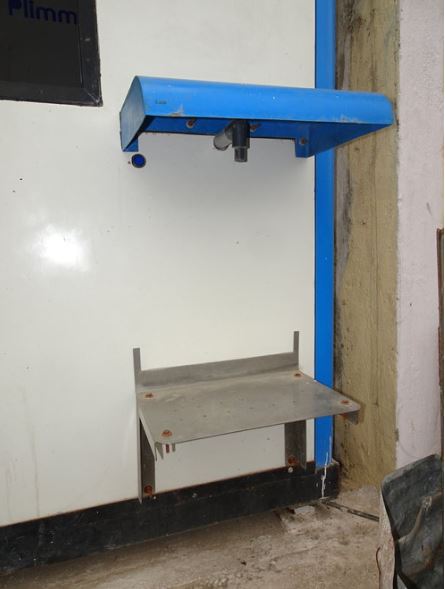
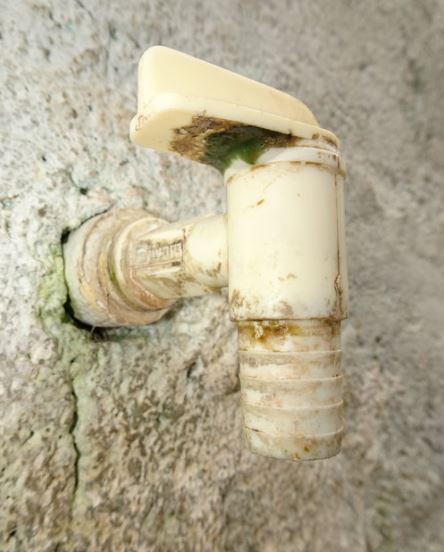
Selco chose this site because the water from the nearby taps is dependably available, albeit spiked with high concentrations of total dissolved solids (TDS). After carrying out door-to-door interviews, the organization confirmed that customers were taking the risk of drinking the water directly and living with the resulting illnesses. This meant that the site was ripe for intervention via a water ATM. Customers trusted the source overall but were incurring a significant cost due to lack of treatment.
Before construction, Selco confirmed the TDS contamination over several tests with an electrical conductivity TDS meter. While the Beureu of Indian Standards (BIS) recommends a maximum TDS concentration of 500 parts per million (PPM), the raw water was testing over 900 PPM.
During the visit, we decided to check the machine’s output TDS ourselves with the same type of device. Indeed, the drinking water delivered to the end consumer was around 280 PPM. Customers confirmed that the water straight from the taps tasted “salty”, while that from the ATMs tasted fine.
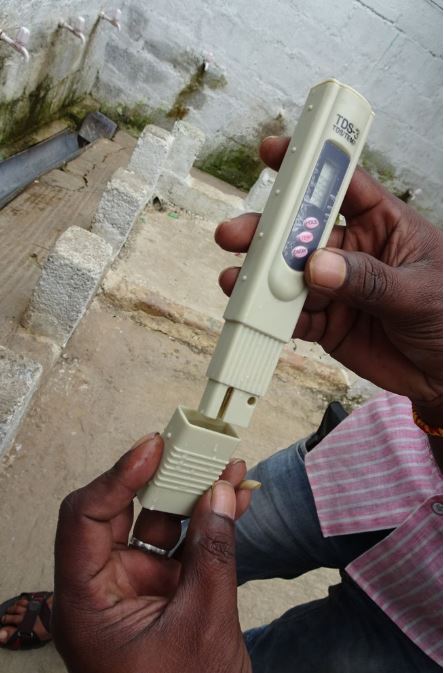
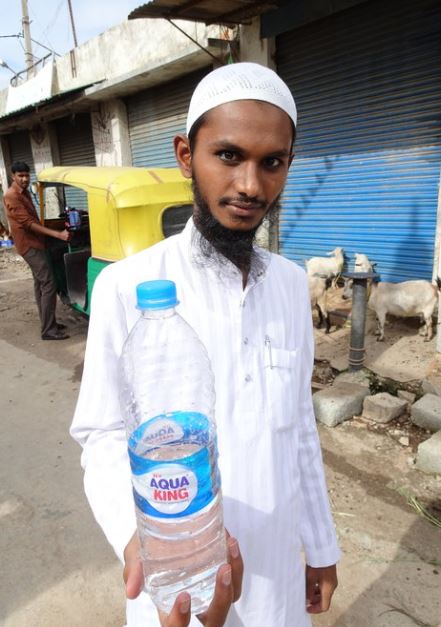
Syed, another nearby resident told us that he gets water from the machine daily, and that he was glad to have it accessible. Before Selco installed the system 4 months ago, he was using the next-nearest water ATM. While the cost was twice as much at ₹10 per 20 liters, his biggest complaint was the 500 meter distance he had to travel to access it. This was one of the many government-installed systems which uses reverse osmosis (RO) technology to treat raw water. He decided to start using that system abut 3 years ago, after suffering from repeated illness from drinking the tap water directly.
Finally, we spoke with Hafiz, a younger nearby resident who explained that his family does not use the ATM. He told us that his family gets their drinking water weekly through a government-ran piped system sourced from the Kaveri river. While his father had a case of typhoid with the past year, he considered this source of water to be safe over all.
Our guide explained that while 100% of residents used water from BWSSB taps, this was almost always reserved for bathing, laundry and dishes. In order to access drinking water, local residents use a variety of sources:
- 40% use the Selco’s water ATM
- 40% use Kaveri water
- 20% drink the BWSSB water directly
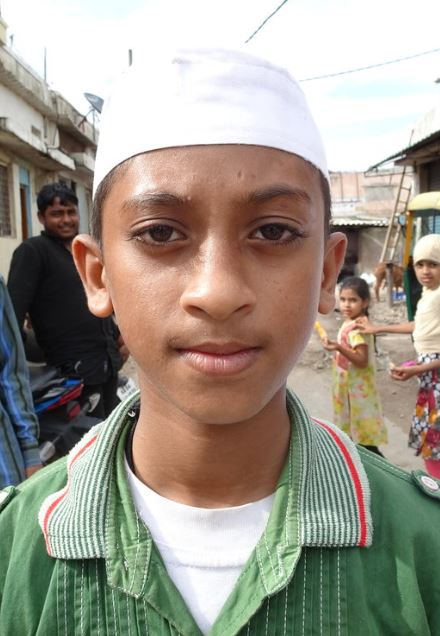
In our next visit, we want to learn more about the thought process behind the residents’ choice of each of these options. We also want to learn about the process of accessing these sources.
Key Data
- For this particular water ATM –
- Method of treatment – Capacitive Deionization (CDI)
- Daily production – 2000 liters
- Cost to consumer – ₹5 per 20 liters
- Hours available – 6am to 10am and 5pm to 9pm
- Service radius – 300 meters
- Households actively served within this radius – 300 to 400
- Household potentially served within this radius – 1000
- Typical household size – 3 to 5 people
- Number of 20 liter containers filled per day – 100
- Max daily revenue – ₹500
- Water loss – 10% (90% of input available at output)
- Daily maintenance – back flushing, 10 minutes
- Consumables – citric acid, 10 liters per month
- Installation cost – ₹650,000
- Max monthly operating costs – ₹15,000
- Operator monthly salary – ₹3000
- Closest direct competitor – government RO-based ATM
- Distance to closest direct competitor – 500 meters
- Time since instillation – 4 months
- For nearby RO water ATM, closest direct competitor –
- Cost to consumer – ₹10 per 20 liters
- Water loss – 25% (75% of input available at output)
- Instillation cost – ₹400,000
- Max monthly operating costs – (indicated greater than CDI)
- Time since instillation – 1 year
- For site of this particular water ATM –
- Water source – nearby borewell, extracted by BWSSB
- TDS concentration before treatment – max 900 PPM
- TDS concentration after treatment – 210 PPM
- For the community at large –
- Source of washing/bathing/dish water
- Source – BWSSB borewell tap
- Portion – 100%
- Availability – always
- Drinking from Selco’s water ATM –
- Portion – 40%
- Price – ₹0.25 per liter
- Availability – 8 hours per day
- Drinking from BWSSB Kaveri tap –
- Portion – 40%
- Price – none
- Availability – 1 day a week (Thursday)
- Drinking (directly) from BWSSB borewell tap –
- Portion – 20%
- Price – none
- Availability – always
- Source of washing/bathing/dish water

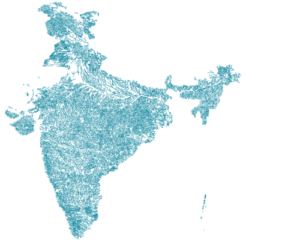
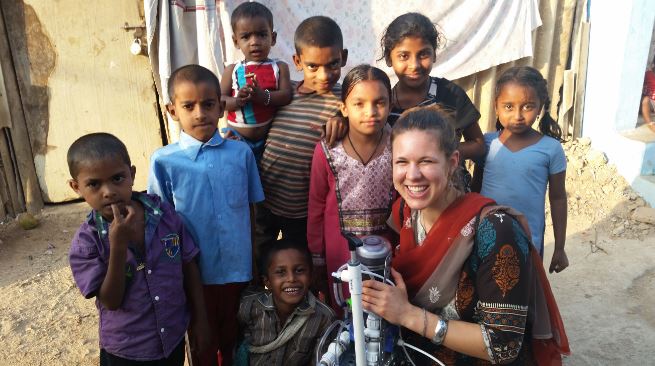
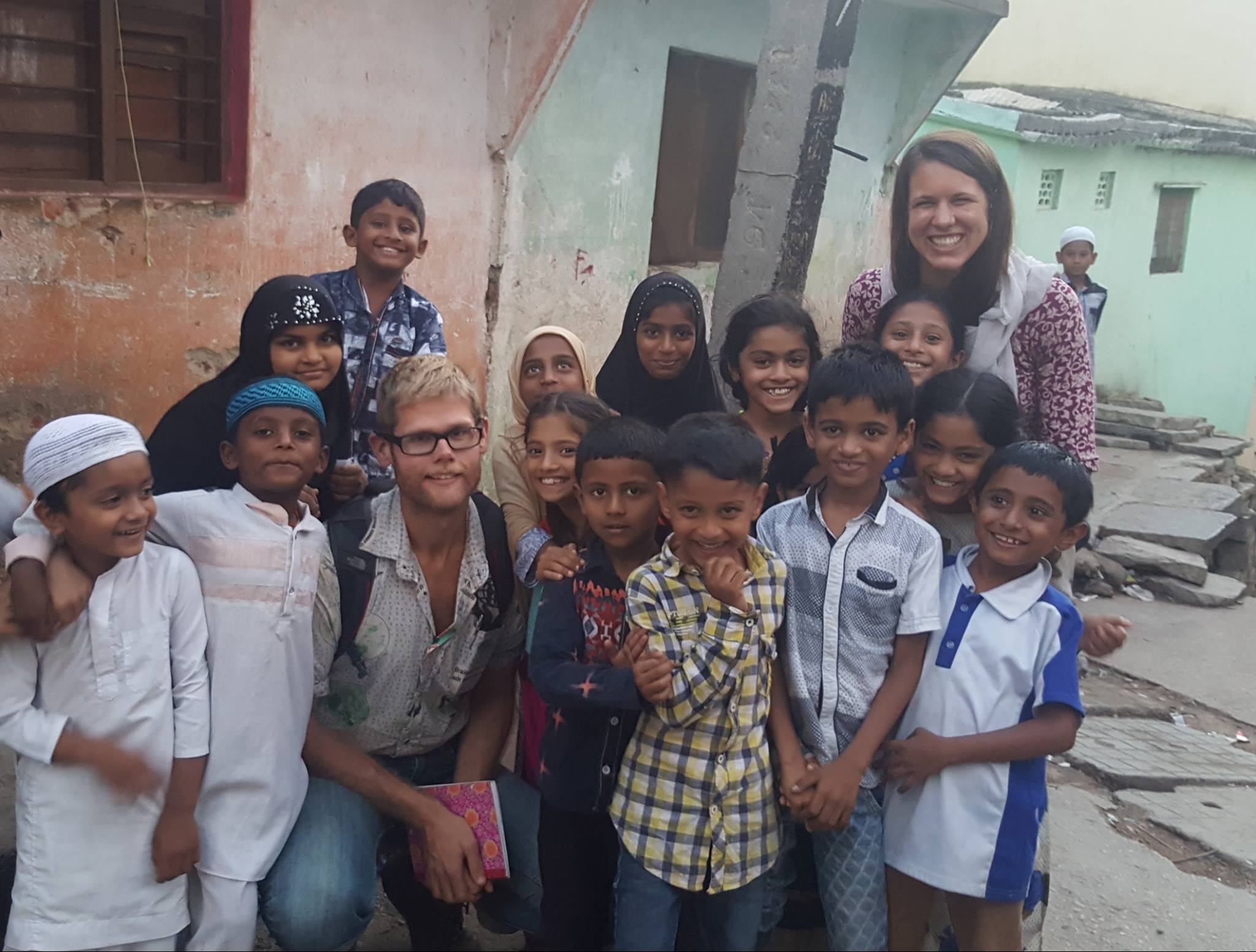
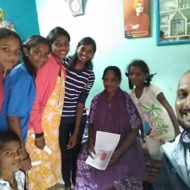
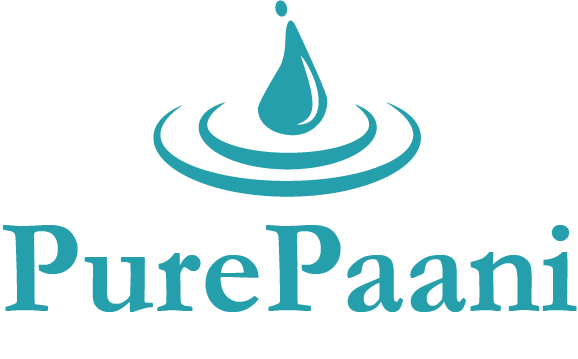
Recent Comments